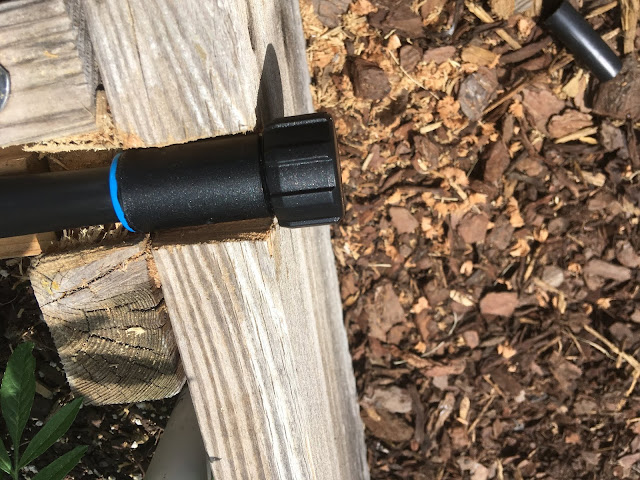 |
| The tomatoes have really started to take off. I can't wait: 24 plants; 16 varieties of heirlooms. |
 |
| Unfortunately, the cilantro is always ready before the tomatoes. Hmm...plant later next year? |
 |
| Everything looks pretty good—no diseases and looking pretty healthy. Might have a few cabbage worms lurking but they're easy to get rid of. |







































